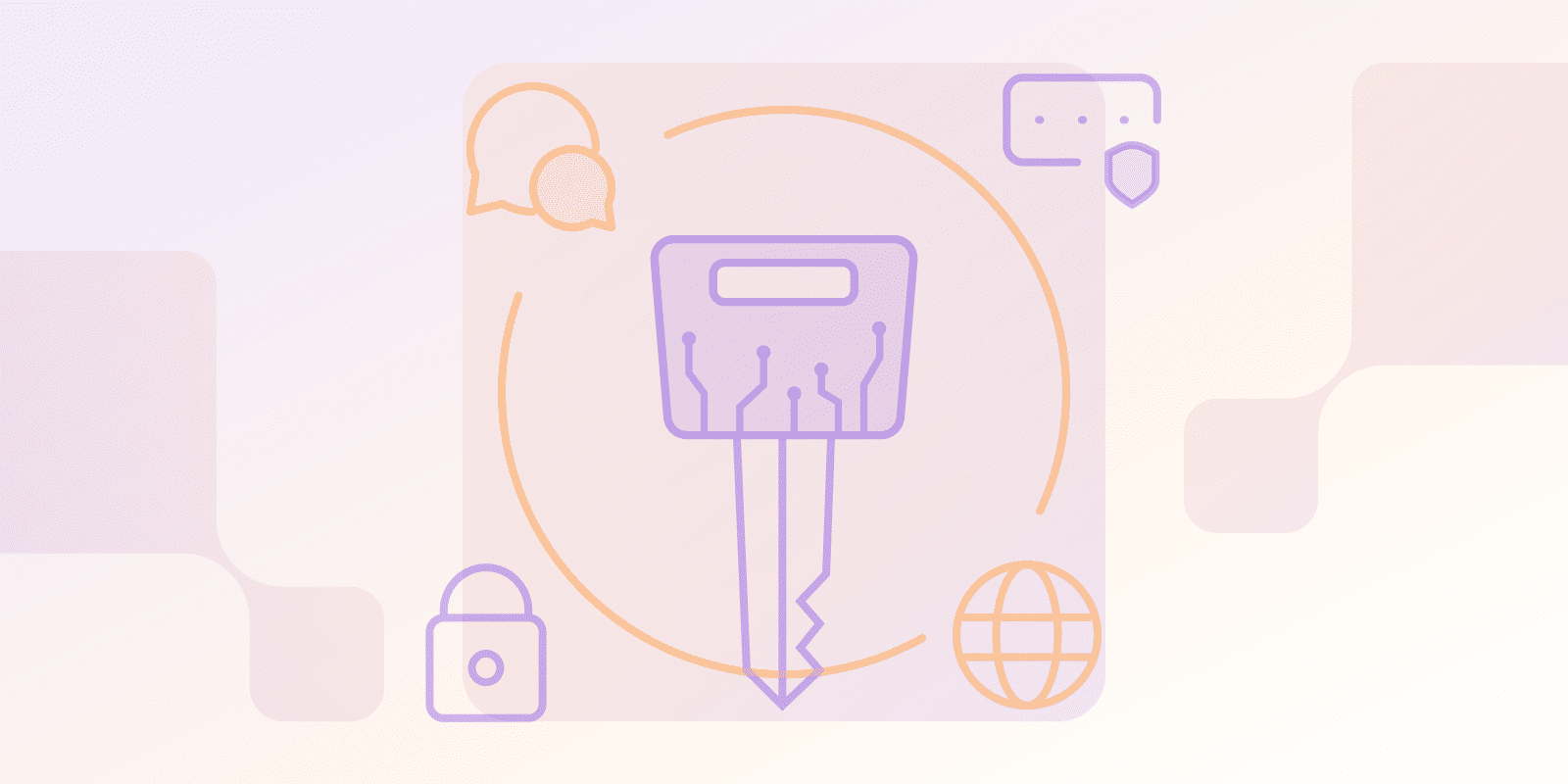クラウドセキュリティ
SaaSのセキュリティ責任とは何ですか?
Published: 10月 21, 2024
Last updated: 11月 26, 2024

SaaSのセキュリティ責任とは?
セキュリティの責任は、プロバイダーと顧客の両方がデータとインフラストラクチャの保護を担当する場所です。どちらにも異なる役割があり、SaaSプロバイダーは安全なインフラストラクチャとアプリケーションを備えている必要があります。一方、データに加えて、ユーザーアクセスと設定を保護する必要があります。
サイバーセキュリティには両方の側面が必要です。顧客として、あなたの役割は、必要な保護を提供できるプロバイダーを探し、セキュリティの脅威について学ぶことです。
クラウドのセキュリティの責任者は誰ですか? (共有責任モデル)
共有責任モデルは、あなたとあなたの SaaS プロバイダーに重点を置いています。あなたはさまざまな側面を考慮する必要があります。以下に、考慮すべき事項の概要を示します。
- プロバイダー: プロバイダーは、アプリケーションのセキュリティに焦点を当て、発生する脅威を修正する必要があります。また、SaaS の物理インフラストラクチャとともに、ネットワークとオペレーティングシステムの管理も担当します。
- 顧客: あなたは データを保護する サイバーセキュリティ対策を実施し、潜在的な危険を回避することでデータを保護する必要があります。ユーザーアクセスとその他の関連設定をカスタマイズし、データが保護されていることを確認する必要があります。
追加の価値:
- さまざまなモデル: IaaS、PaaS、SaaS の違いを理解する必要があります。それぞれに独自の利点と課題があります。
- 例: セキュリティガードはアパートの建物へのアクセスを制御できますが、あなたは自分の持ち物を管理する責任があります。
SaaSを利用する組織における2つの主要なセキュリティ上の懸念事項とは何ですか?
最も考慮する必要がある2つの分野は次のとおりです。
- データセキュリティ: 可用性と整合性を維持することに加えて、データを機密に保つ必要があります。
- アクセス管理: 各ユーザーがアプリケーション内で何ができるか、また誰が最初にアクセスできるかを制御する必要があります。
SaaSの使用リスクを最小限に抑えるためにどのような予防策を講じることができますか?
これらの予防措置を講じてください。
- 評判の良いプロバイダーを選択する: 登録する前に、各プロバイダーを慎重に検討してください。セキュリティ実績を確認し、顧客のレビューを読んでください。
- 強力なアクセス制御: アクセスできるユーザーを厳しく制限し、最小権限の原則や2要素認証(2FA)などの適切な方法を使用してください。
- 定期的なバックアップ: SaaSデータを別の場所にバックアップしてください。理想的には、自動バックアップを設定する必要があります。
- 暗号化: データは常に暗号化されていることを確認してください。
- データ暗号化: データは転送中と保存中の両方で暗号化されていることを確認してください。
- セキュリティ意識向上トレーニング: 従業員がさまざまなことを知っていることを確認してください
認定を探す プロバイダーを選択する前に ISO 27001 のような
結論
SaaS プロバイダーを選択する際には、セキュリティが最優先事項であることを確認してください。共有責任モデルの実装を強く検討する必要があります。これは、あなたと SaaS プロバイダーの両方が全体的な保護の責任を負うことを意味します。
ユーザー アクセスの制御、データのバックアップ、従業員のトレーニングにおける自分の役割を理解してください。必要なセキュリティ機能を備えたプロバイダーを見つけることも確認してください。